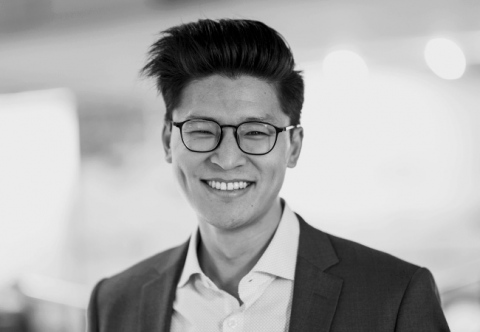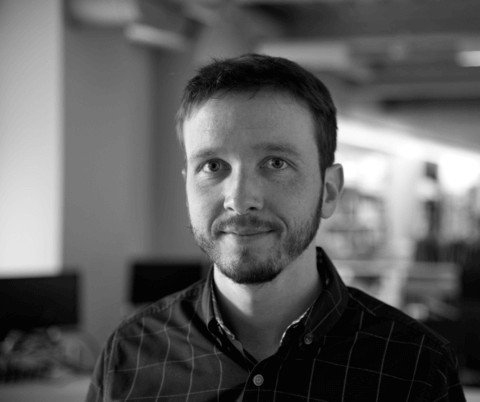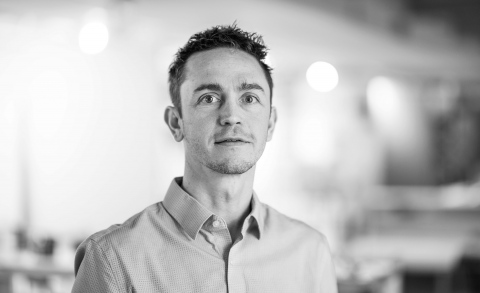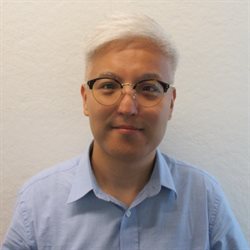On the final day of ABX, designers from three Boston architecture firms competed at the Second Annual Design Technology Throwdown. Teams were allotted four hours to develop a design proposal and present it to a panel of judges. This year the brief asked for a new public infrastructure located on Dry Dock 4 in the Seaport district, with bonus points for integrating sustainable design practices and data-driven simulations.
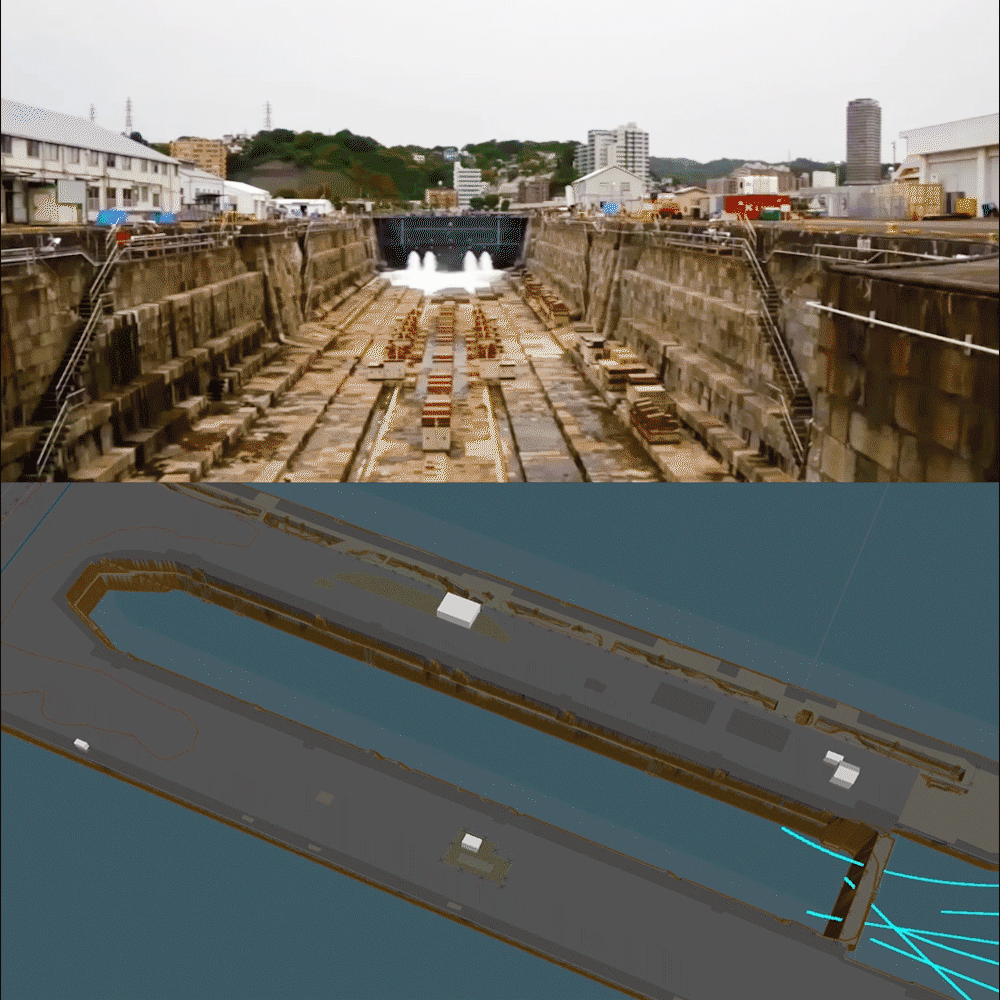
Our scheme was designed to mimic the whirlpools and eddies formed while filling a dry-dock. Once we developed a concept, we then focused on how different environmental factors could further influence our design. After studying the site accessibility, demographics and nearby public spaces, we concluded that the site would be best suited to become a park attuned to the tides, sun, wind and weather. Ultimately our goal was to create a dynamic and responsive landscape that would allow those who live and work in the area to engage with the surrounding environmental factors.
The scheme consisted of several different environmentally responsive elements on top of floating parklets designed to move with the tides. A sail affixed to one side of the parklet was designed to harness the wind and slowly rotate. These wind sails featured dynamic geometry controlled by sensors and material properties to change shape in response to temperature and barometric pressure. Finally, solar arrays were embedded in the mutable landscape to track the sun and power site lighting at night.
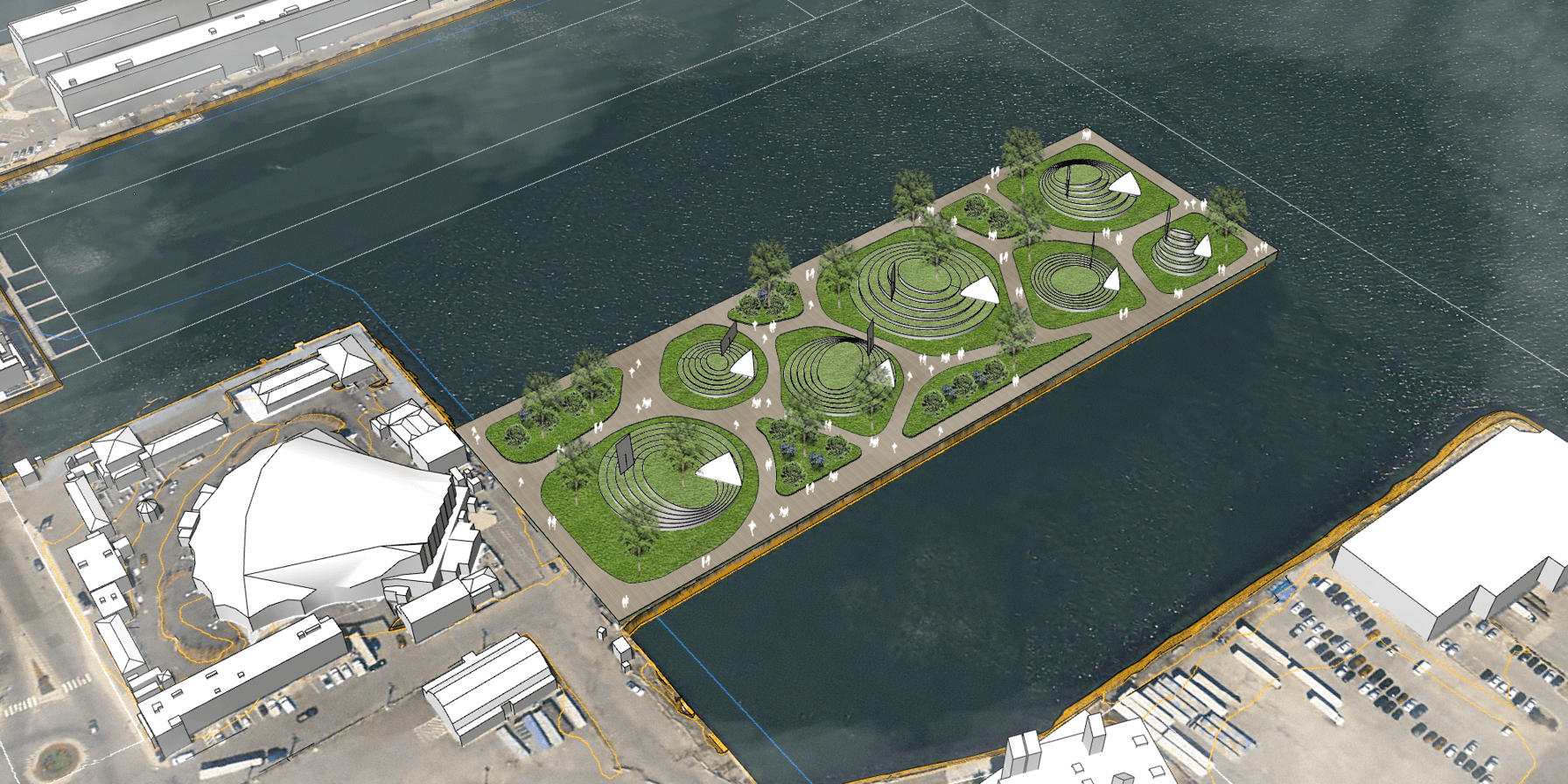
The skills of our team represented the broader priorities with which we approach any design problem. After studying the previous year’s brief we knew a focus on sustainable design strategies was key, so having Seung-Hyeok Bae of our Building Science Group on the team was critical. The other members included an architect, a designer, and a visualization specialist, all with specific skills in the software we knew we wanted to leverage. The team prepared for the event by brushing up on their grasshopper/ladybug skills, and reaching out to coworkers who had scripts which may be helpful in automating solar calculations and floor-area-ratios.

Just another day at the office: The hackathon prompts and constraints provided a fun outlet to showcase the computation expertise we use every day on the studio floor. The fact that every member of the team was highly capable in with the software made the workflows and conversations seamless throughout the event. While the other teams used this as an opportunity to explore software and workflows outside of their day-to-day tools, we found that the tools we already used were the most capable of solving this problem.
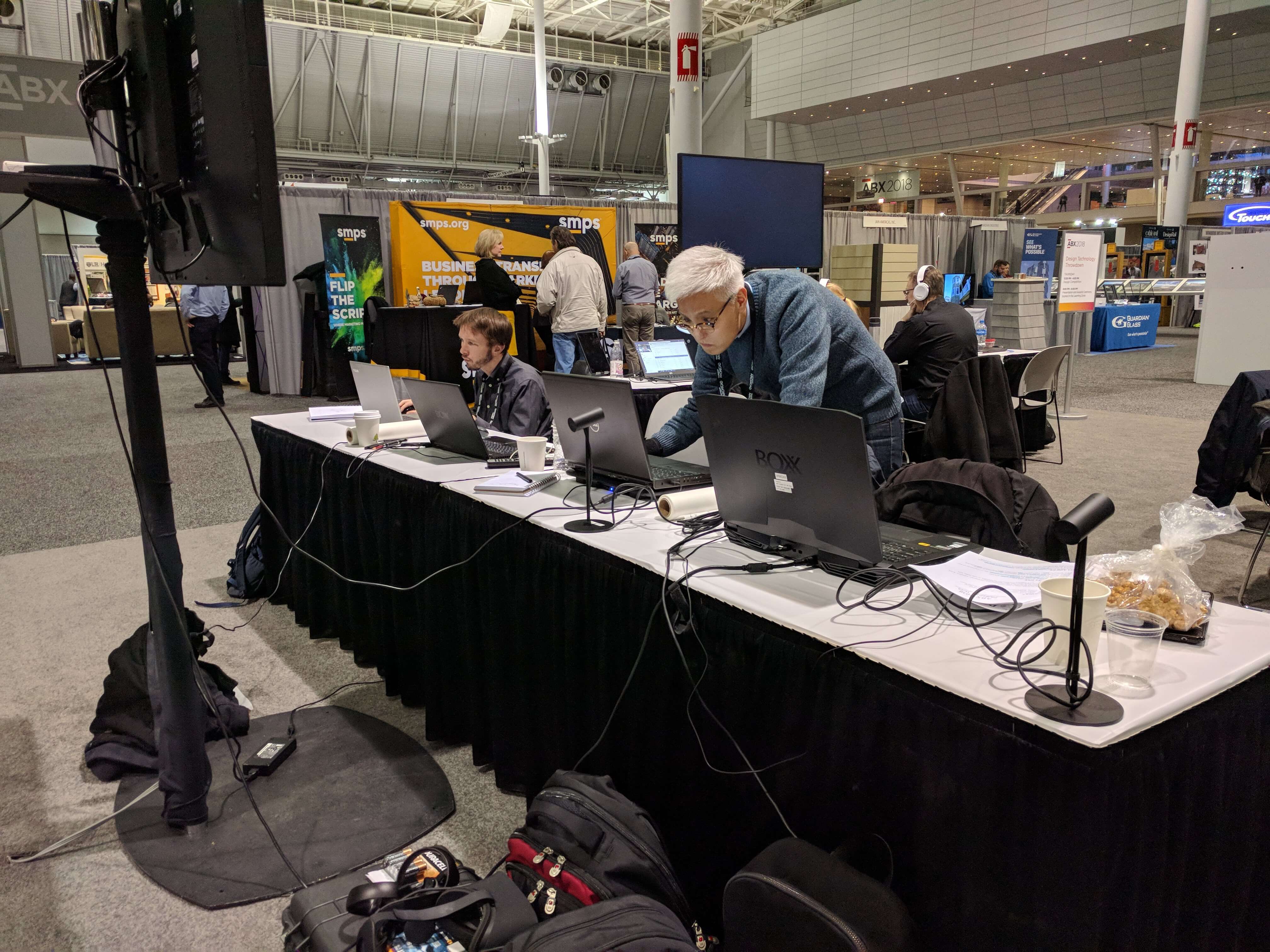
We delivered a presentation highly focused on our specific design strategy, and a coherent body of work. The integration of animations throughout the presentation was key to illustrating the design’s dynamic system, and was best understood through this medium.
Participating in the event was great experience. It gave us an outlet to showcase our skills and stretch the way we think. Multiple people within the firm have expressed interest in the tools and methods used, so we are planning an internal event to share our process and the tools used. We hope this will allow individuals within the firm who have similar skills to reach out, discuss and share their own knowledge of these tools, to expand the body of knowledge in these software.
Team Members:
Luke Gehron
Parke MacDowell
Jensen Ying
Seung-Hyeok Bae

